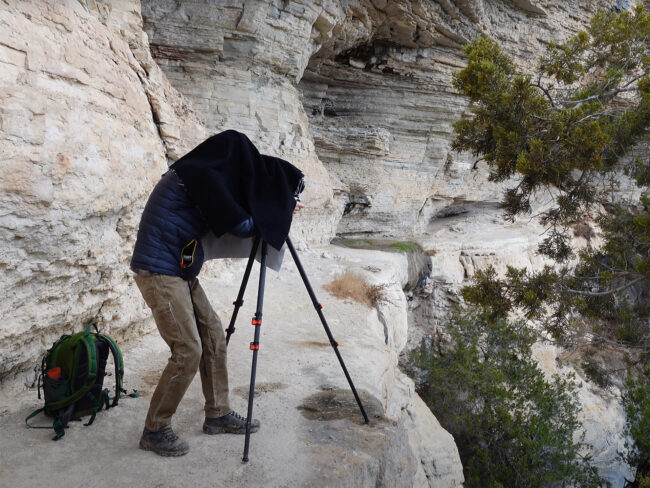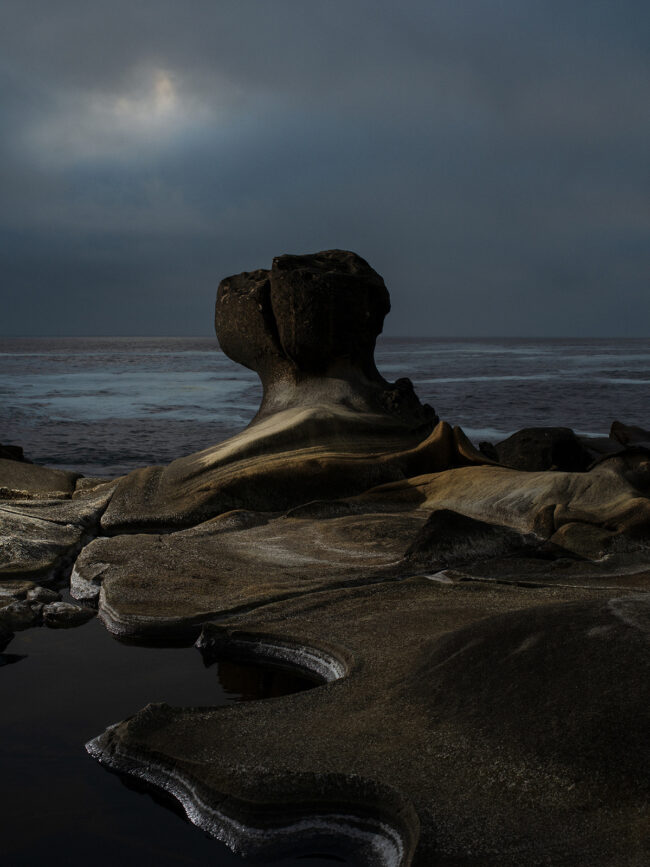Angie Smith: When did you start taking pictures? And how did it turn into a profession?
Kenny Hurtado: I grew up as a surfer. When I graduated from High School, I bought a camera to document the surf when it was good.
It became very natural to me, so I took a couple of classes at a Junior College. From there, I interned for Surfing Magazine. They would give me free film, critique me and give me lessons.
Within a month of interning there, I started getting some really good pictures, and right away, they started publishing my work. They took me under their wing, and I interned there for seven months until one day they said, ‘Let’s test you out’– so they sent me to Mexico for two months. I did a road trip through Baja and Mainland Mexico and when I came back, I had shot sixty rolls of slide film. It ended up being a feature-length story in print. I was put on a retainer and lived a true dirtbag vagabond lifestyle, traveling the globe with an endless film budget. It was a dream come true. I stayed with the magazine for about 2 years until the recession started to hit. Budgets dropped, and I was let go.
I moved to San Francisco and studied the fine art side of photography at The San Francisco Art Institute. I knew nothing about fine art photography but found it exciting.
I crashed and burned a ton of times during my art school years. I spent that time just experimenting with different cameras and subject matter.
I moved back to Los Angeles, and from 2010-2013, I went back to shooting some ocean scape and surf portraits, trying to approach it from a fine art angle.
In 2013, a couple of surf brands started seeing my work, and I was put on retainer for companies to shoot their campaigns.
It was a great gig, but it didn’t pay well. With rent, my car payment, and insurance, I was barely scraping by. I felt so pigeonholed, and I didn’t really want to be a surf photographer anymore. At the same time, I was developing my own work outside of the surfing world. I was conflicted and knew it was time to move on.
In 2018, my partner Lindsay was offered a job in San Francisco. I put the word out that I was looking to move back to the Bay. A few days later, someone reached out and said AirBnB was hiring and wanted to offer me an interview for an in-house photo editor. I needed the income to live in the Bay Area, and I had some debts to clear. I ended up dropping my brand retainers in Southern California, and we both moved North to Sonoma County.
I was offered the AirBnB job, and at the same time, I was picked up by a photo agent based in LA the day before I left town. I joined the agency but wasn’t very active.
I slowed down my photography practice so I could focus on work while I had this consistent tech money coming in. After I got settled in and freed myself of debt, I started shooting again. I had a couple of projects that were catching on and from there, I started working for clients like the New York Times, The New Yorker, Outside, and NatGeo – people I really want to shoot for.
After about 1 year in the AirBnB offices, my contract was pulled. I said to myself: ‘OK, I’m going all in on freelance.’ I started to line up jobs back to back and felt I was finally on the path I wanted to be on – until March 2020 came around. I was back to being broke again.
A few months later, in May of 2020, I found out I was going to be a father. I was like: ‘Woah, woah, woah.’ I was scared as shit but very excited at the same time.
The whole time Lindsey was pregnant, I was still trying to find my way as a freelancer, which was going nowhere. Lindsay had a good job, enough to pay our rent in the Bay Area. I felt so bad because I was 37, an expectant dad, and had no means of income. I did the classic Covid lockdown fitness thing and got super into running. I guess I was truly running away from my worries.
I had to stop and think: ‘I’m gonna be dad, dude, what are you doing? You spend all day running, not bringing any income. You need to figure something out.’
A good photo job would pop up and make me really excited. I’d think: ‘This is gonna help me out for a couple months.’ Then it would disappear. That would happen again and again.
It was a month before Sage was born, and I literally had zero money in my bank account. I knew that I needed something that was gonna be stable and fast.
I was just pushing 40, and I thought: ‘I have a baby now. I don’t have a family that’s gonna bail me out. I have no backup plan; I have no savings. What am I going to do?’
I spent the first 9-10 months as a stay-at-home dad but felt worthless since I was not helping out at all financially.
In 2021, out of nowhere, Lindsey said: ‘Let’s move back to my hometown.’ She’s from Springfield, Missouri. I was like: ‘No freaking way, I’m not moving to Missouri.’ I’d always lived on the coast my entire life. I hated the idea of moving inland. Eventually, it just made sense because her whole family is here. And the cost of living is insanely affordable.
So we moved to Missouri, and I said: ‘I want to make a fresh start.’
Once we moved and settled, I took all my camera gear, and I stuck it in the back closet of my son’s room. In the very, very back. I said to myself: ‘I’m just not going to think about this; I’m not going to stress about it. I’m not gonna even touch my camera for one year.’
Right away, I enrolled in a local Community College, got into an EMT course, and knocked out my training. Then got a job at an EMS agency working the ambulance in rural America– talk about a culture shock.
I told myself: ‘I’m gonna go all in for one year and see where I end up.’
About six months into it, I almost sold all of my camera gear. I thought: ‘I don’t want to be a photographer anymore. I want to be done.’
I thought about that pretty seriously.
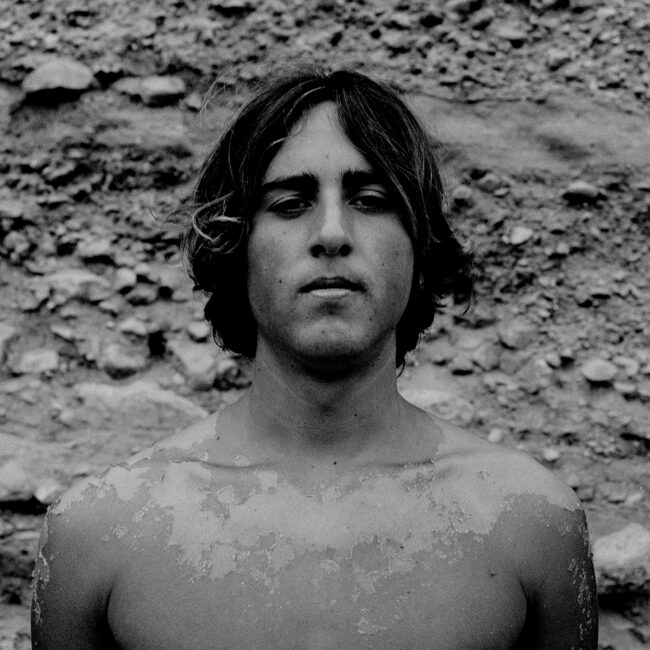
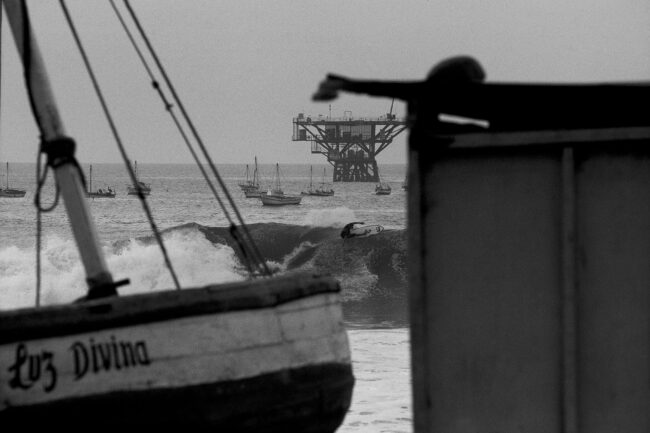
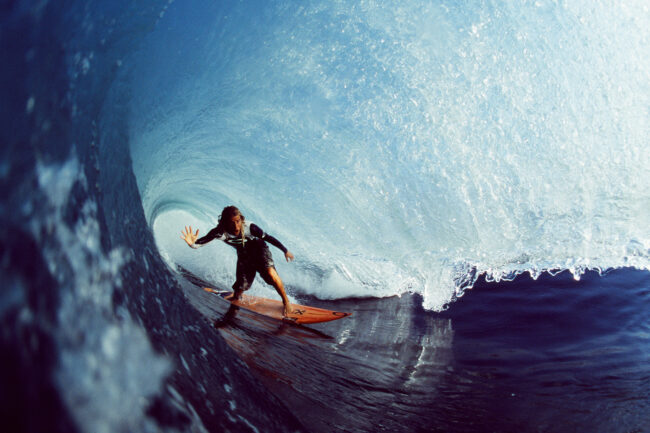
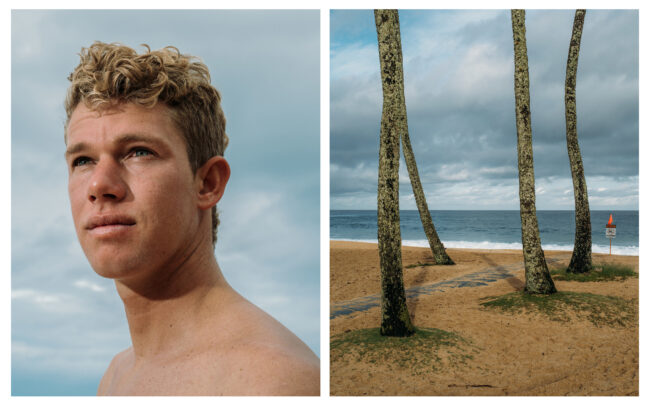
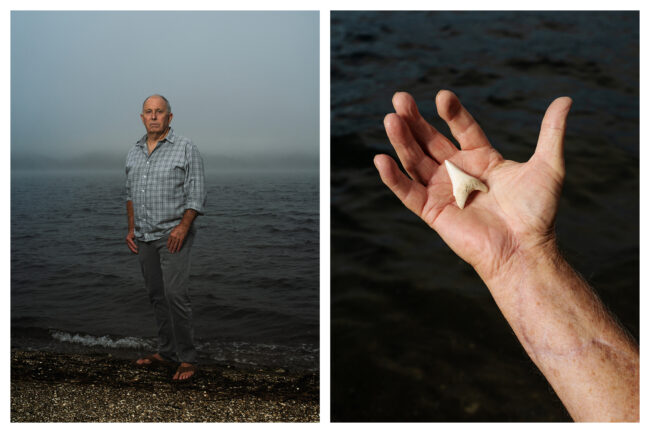
Kenny Hurtado: Maybe nine to ten months into my first year in EMS, I started bringing the camera back out. I went back to the 4×5 camera. It’s so healing for me to spend a full day in the forest and a rushing river under a dark cloth with ground glass – it puts me into a very meditative state.
Now that running is in my life and adding 4×5 landscape, my mindset is so relaxed now. I’m so calm.
Angie Smith: Did you struggle with grief around letting go of your old freelance life?
Kenny Hurtado: Yes, I really struggled with it, especially six months into committing to working on the ambulance. It was a lot of time away from my son and very low-paying– a bigger sacrifice than I had intended. Working in EMS is a very selfless job. First Responders don’t make that much money, but it pays in other ways. There were a few times where I would drive home from work and think: ‘I actually did something today. I was involved in saving a person’s life.’
Being a photographer my whole life was a selfish endeavor. It was just all about me, all the time. I struggled with being so self-involved and constantly worried about work. I had turned my mindset away from trying to be a working photographer. Before, I would think: ‘If I do this kind of work, it might get me this kind of job.’ But now I’m literally just shooting 4×5 pictures of rivers and streams. It’s so therapeutic for me.
Angie Smith: I saw that you started a YouTube channel about you shooting in nature. Tell me more about that.
Kenny Hurtado: Growing up as a surfer, we would always watch surf videos to get excited and motivated to go out and surf. I’d feel the same thing watching photographers on YouTube. During Covid, I’d watch videos of photographers shooting in the field and think: this is actually interesting. About 6 months ago, I started creating videos to show a day life of shooting landscape work in the Ozarks. My thought was: ‘Maybe someone will see this and go outside and get creative.” And it’s fun.
Angie Smith: Do you have FOMO when you look at Instagram and see other photographers on shoots?
Kenny Hurtado: Yes, definitely. Besides being a father, the best times in my life were being on the road, just stamping passports, and being creative. I lost my creative outlet when I stashed my camera away. It started to really bug me after a while.
In my heart, what makes me happiest is being in the field with photography. The other day, I spent 10 hours in the woods taking pictures. Obviously, I would like this to be my life, and I would love to still be doing commissions. But I love what I’m doing now, and I’m proud of myself for making that decision. Since I’m almost a year and a half into this process as an EMT/Paramedic in training, I’m asking myself: ‘Do I want to do this for the next 25 years?’ I don’t know the answer.
Angie Smith: So even though you’ve done the pivot, it’s not a clean break? Do you ask yourself if it was the right decision?
Kenny Hurtado: Yes, every day. As photographers, we spend so much time and energy doing the things that we do. It’s so hard to make the decision to pivot away entirely. I thought long and hard about it.
I had times where I said to myself: I just gave up on my path. I never thought I’d give up. Is what I’m doing NOW worth it?
Angie Smith: Did you talk to your agent about it?
Kenny Hurtado: Yes. I told her I was gonna go off and try to do the paramedic thing. She wants me to be out making fun portraits and lifestyle stuff, but I’ve just been out shooting leaves and streams. I’ve just been doing therapeutic photography.
Angie Smith: Yeah. Wow, that’s an amazing concept– therapeutic photography. That’s a whole new genre.
Kenny Hurtado: Yeah, it’s just all about being in nature. It’s just an excuse for me to spend an entire day in the woods. Yesterday, I was in the woods from sunrise until sunset.
Angie Smith: If there are people who are reading this interview and they were facing the same question, what advice would you give them?
Kenny Hurtado: To really think it through. Because if you put in 5, 10, 15, 20 years into pursuing photography, it’s so hard to get the courage to walk away from it. The identity part was the hardest for me. Everyone knew me as a vagabond photographer. That’s all I did from 21 until 36, and to just drop it was a really hard decision.
Think about your current situation– how are your bills stacking up? Are you falling behind? Do you have kids now? What’s changing in your life? Just think it through and pick a direction you actually might enjoy.
But you don’t have to walk away from it; you can still go off and pursue a different angle than what you were before. There are amazing photographers who have made a switch because they are now fathers or mothers– or their life circumstances have changed. Now, they’re practicing photography for love and making amazing work without the stress of this HAS to feed my family. If it wasn’t for me becoming a father, I probably would have stuck with it. Shit, kids really do change things.
Now, I’m back to working on photography. It’s all I can think about, and I am doing it because I love it. I have more peace in my heart.
I don’t feel stressed about my career and where it was or where it went. I’m not afraid to start over at 40.
If someone hears this and they’re 42, 43, or 50 even– and have pursued a creative life–you can always say fuck it and start over. Don’t be scared.
